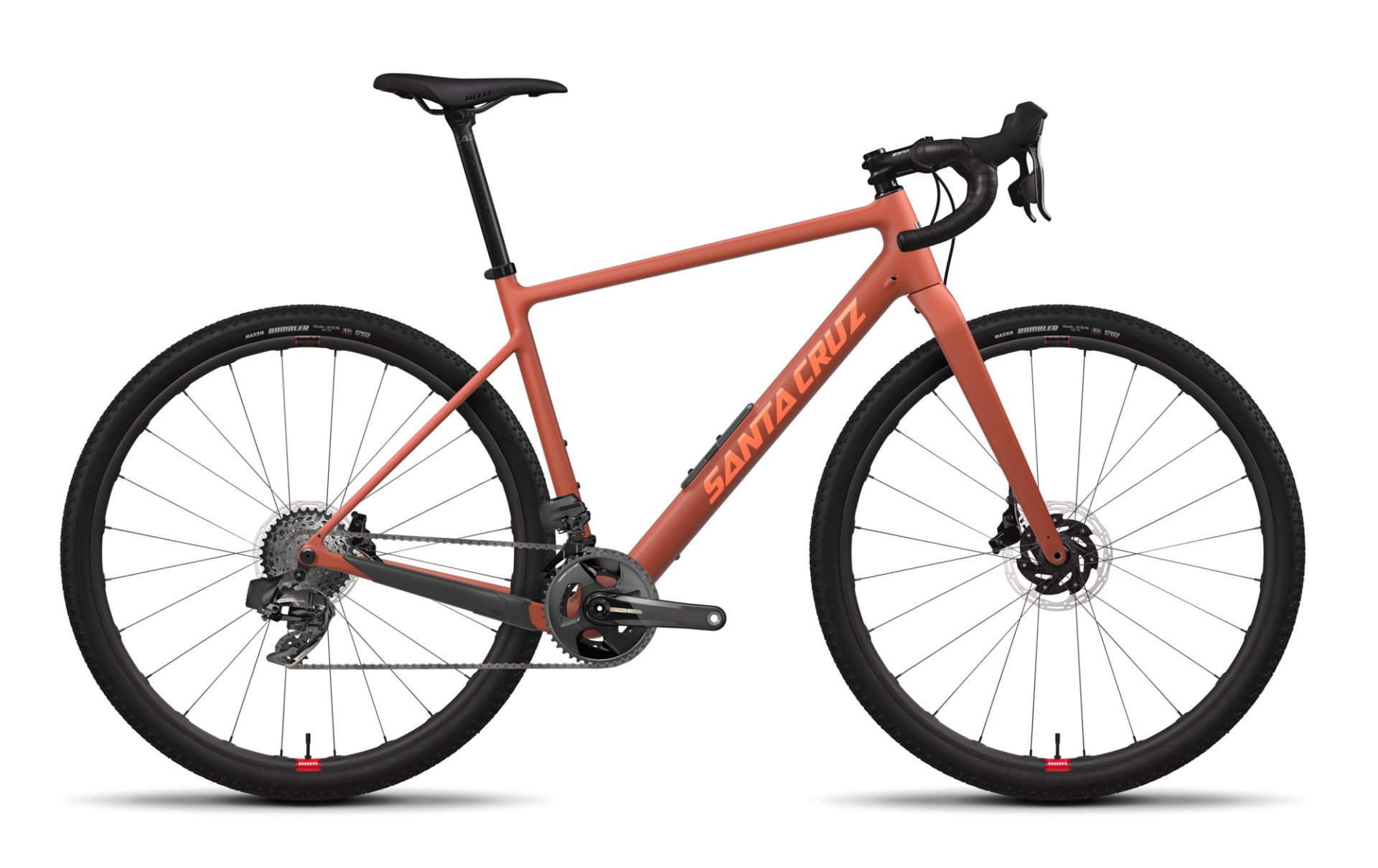It was only a couple of weeks ago that I speculated that mountain bike brands would increasingly take a mountain-bike-like approach to their gravel bikes, and while I’m no fortune teller, it has proven exactly true for Santa Cruz’s revamped Stigmata gravel bike.
This fourth iteration of the Stigmata has been teased for some time – most notably with sponsored athlete Keegan Swenson winning the men's Unbound 200 on the thing. A few months on and Santa Cruz has finally released the official details, so here’s a quick look.
Wholly revamped geometry
The previous generation of the Santa Cruz Stigmata was a lovely bike, but one I’d personally described as a bike that tipped toward the generic side and could have had anyone’s name on the down tube.
By contrast, the new Stigmata offers geometry and a few features that are clearly mountain-bike inspired. Santa Cruz also makes some big but arguably fair claims about the versatility of this new model. Full rigid racer or suspended bikepacker? The company says yes.
Gone is the traditional and cyclocross-inspired geometry, with the new Stigmata leaning into Santa Cruz’s mountain bike focus. Here, the revamped and now progressive geometry sees reach figures grow by a whopping 30 mm for each of the five frame sizes. Head tube angles are slackened by a whole two degrees to hit a consistent 69.5°. And such changes now mean the Stigmata is optimised around the use of a shorter 70 mm stem length.
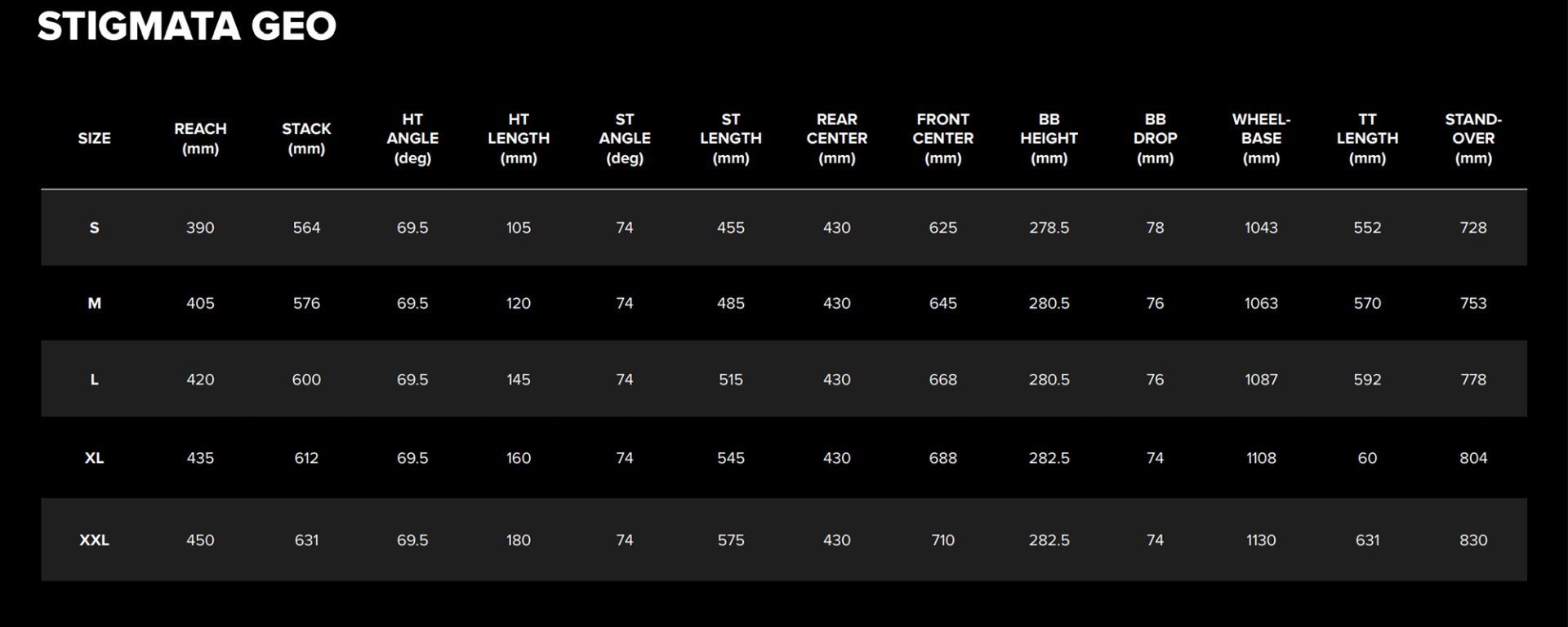
Whether you think it’s the future or a fad, the new Stigmata offers a suspension-corrected geometry to handle a 40 mm suspension fork. And don’t worry, there’s still a matching rigid fork on most models.
That geometry is also now wholly focussed around the use of 700c wheels (a move I greatly approve of). As a result, the bottom bracket heights are now a tad lower, while the chainstays see a 5 mm bump to 430 mm.
Mix of new and old
This Stigmata has a lot new, but a few key details have remained unchanged.
Santa Cruz has intentionally kept its cabling external from the headset for easy ownership. You can still run either 1x or 2x shifting in electronic or mechanical. The bottom bracket is English threaded. And the seatpost remains round and in a common 27.2 mm diameter (with dropper compatibility assuming you don’t run a front derailleur) that’s held with an external clamp.
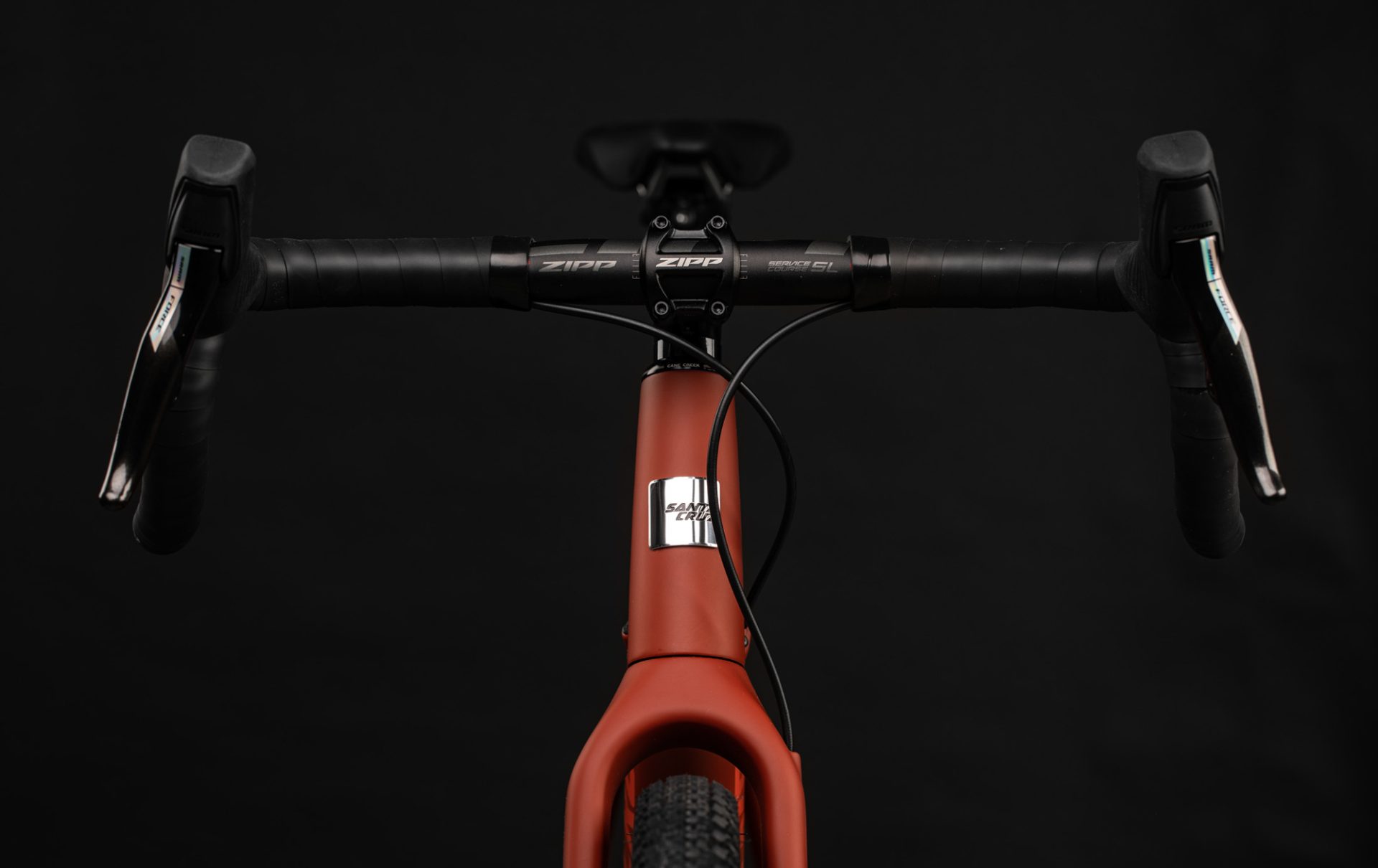
Santa Cruz has also kept to its minimal use of threaded inserts – a decision that’s driven partly by aesthetics but also due to the increased weight of having to reinforce the carbon layup for wherever those inserts are placed. There’s a third bottle mount beneath the down tube, and subtle fender mounts, but otherwise, your bags will need to be the strap-on rather than bolt-on variety.
New is the SRAM Universal Derailleur Hanger (UDH) which means an easily sourced rear derailleur hanger and compatibility with SRAM’s new Eagle Transmission gearing. Expect this to be a common feature amongst the vast majority of gravel bikes released from now (and even some road).
Also new is the Glove Box, a small and easily accessed storage hatch that hides beneath the bottle cage of the down tube. This has become a popular feature on many mountain bikes, and can also be found on the bikes such as the Specialized Diverge and Trek Domane. Such a feature will unavoidably add a few grams, however, Santa Cruz hasn't provided a claimed frame or fork weight as of yet.
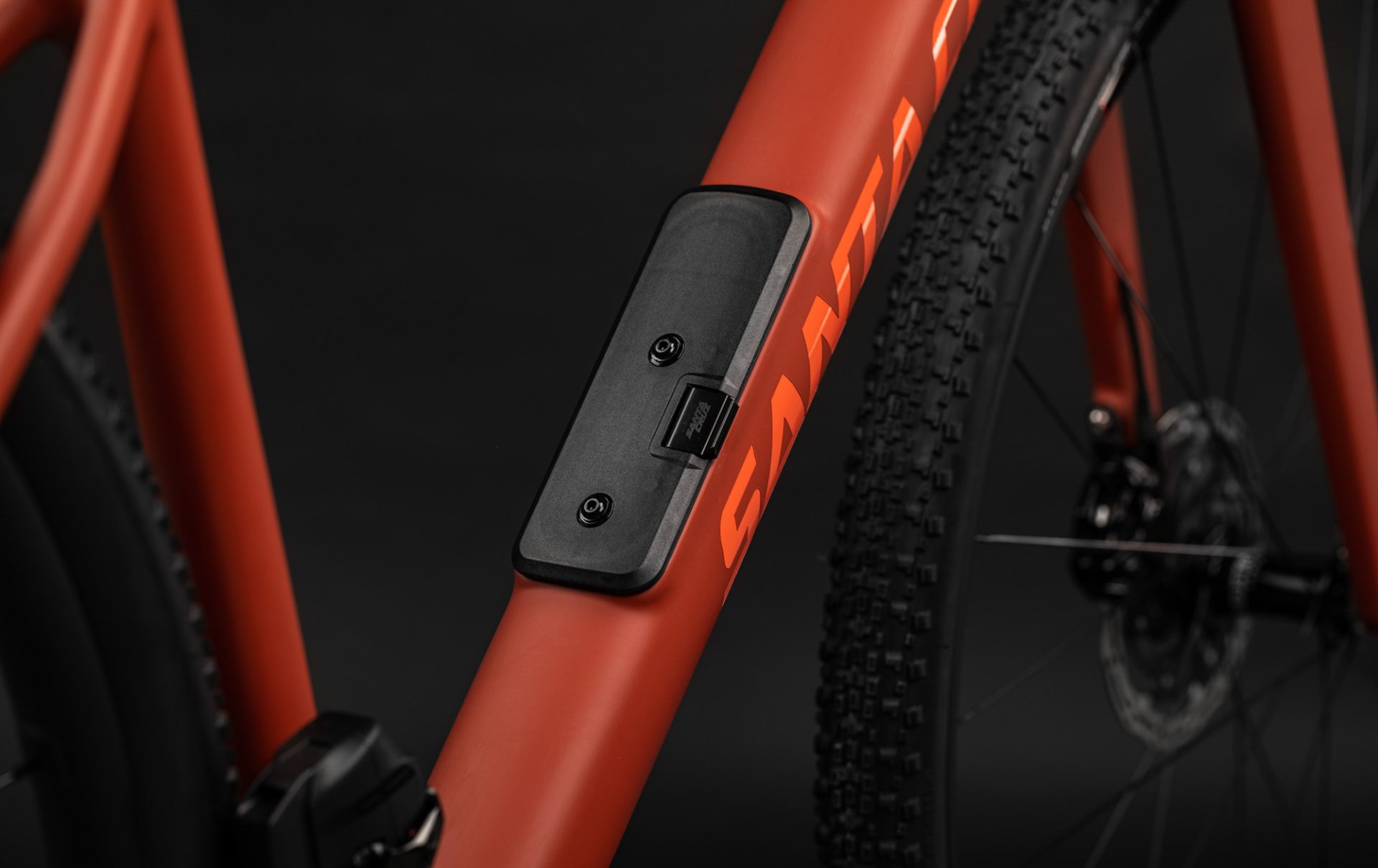
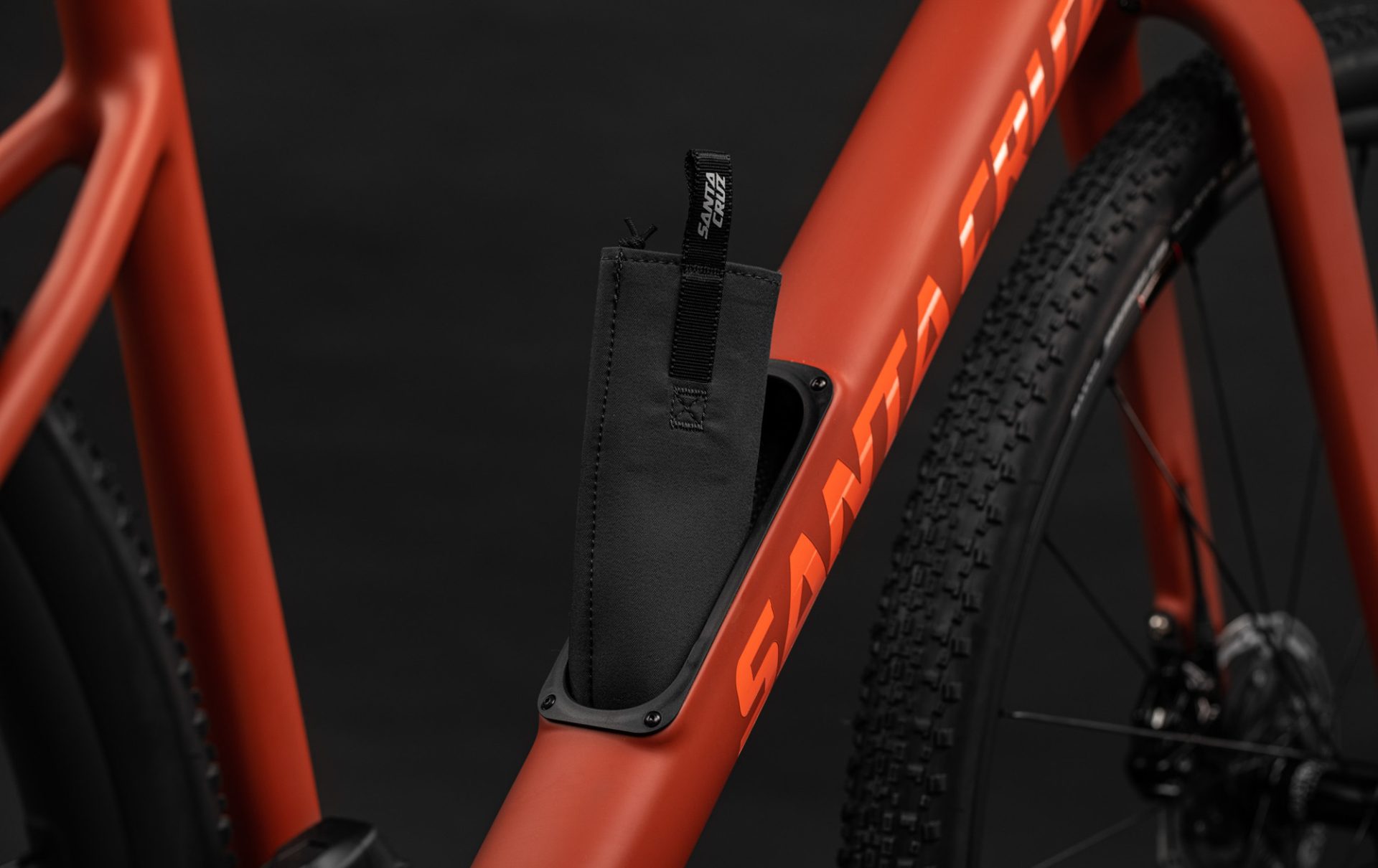
Good news to anyone who has ridden with a paint stick to clear mud, the new model is claimed to fit 700 x 50 mm rubber (the previous version was 700 x 45 mm).
Lastly, Santa Cruz’s highly regarded lifetime warranty remains unchanged.
Models and pricing
Like the shown ‘Brick Red’ colourway? Well, Santa Cruz hopes you do because that’s all there is for now. Likewise, the Stigmata is only available in Santa Cruz’s premium “CC” carbon layup.
Thankfully there’s more choice when it comes to the complete bike spec. Santa Cruz is offering the Stigmata with SRAM 1x or 2x, rigid or suspended. And there’s a frameset option, too (US$2,700 / AU$4,500).
Complete bikes start from US$4,000 / AU$6,000 for those running new SRAM Apex XPLR 1x12 mechanical plus a number of well-proven and brand-name components. Spending US$5,400 / AU$7,200 (AU$7,500 for 2x gearing) will get you a rigid-forked bike with either a 1x or 2x SRAM Rival AXS groupset and nice Easton/DT Swiss wheels. At US$8,100 / AU$10,500 you get a rigid fork, a full 2x12 SRAM Force AXS groupset, Reserve 25IGR carbon wheels, and a mix of Easton and Zipp cockpit components.
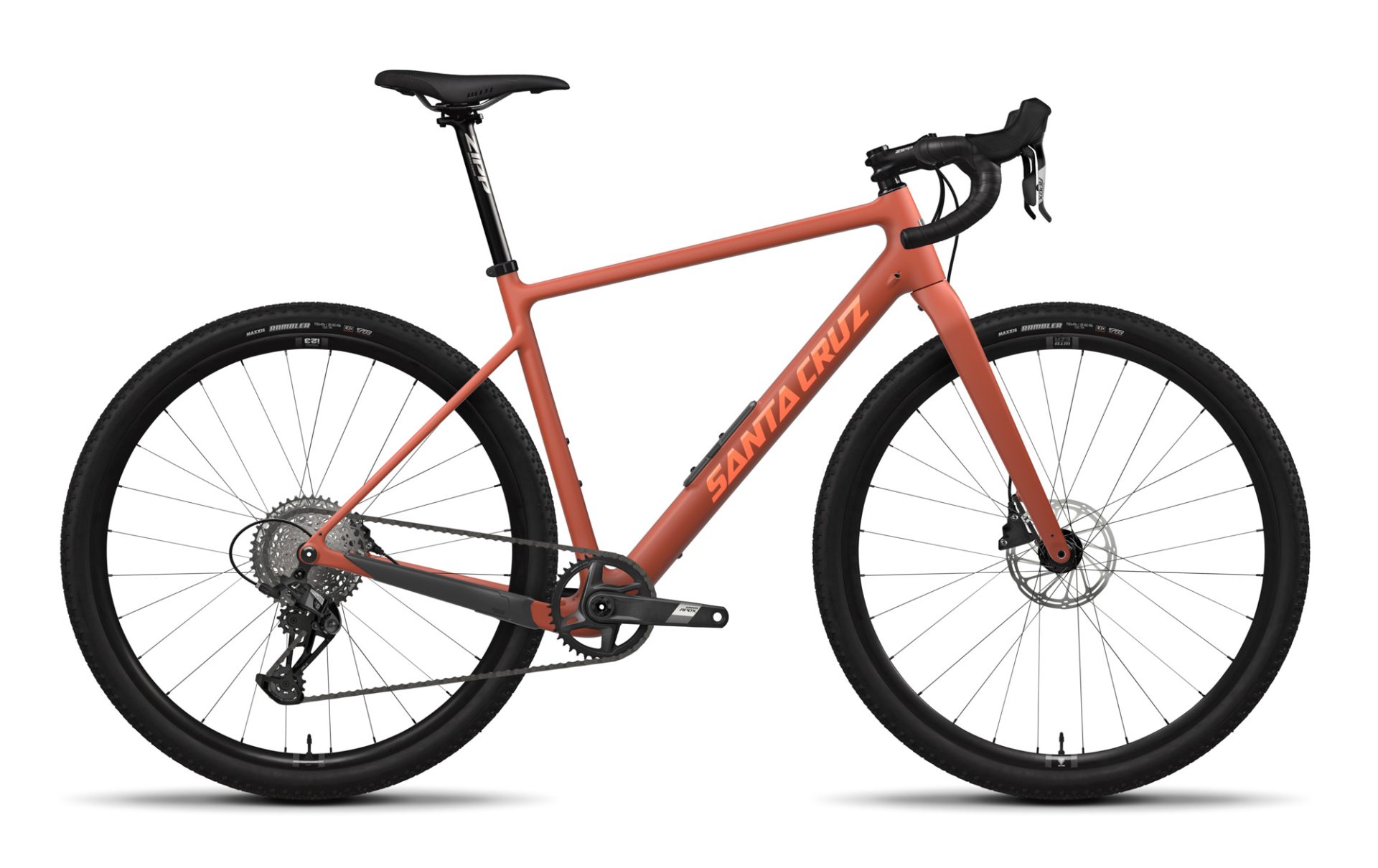

And finally, the range tops out at US$8,400 / AU$11,000 for one with a RockShox Rudy Ultimate 40 mm fork, RockShox Reverb AXS XPLR dropper, and 2x12 SRAM Force AXS XPLR group.
We’ve got a bit of a backlog with test bikes, but we aim to provide our opinion of the new Stigmata at some point. In the meantime, here's a photo of someone else enjoying it.

Consider ‘Quick Look’ a placeholder for an in-depth review we aim to bring you down the track.
Did we do a good job with this story?

